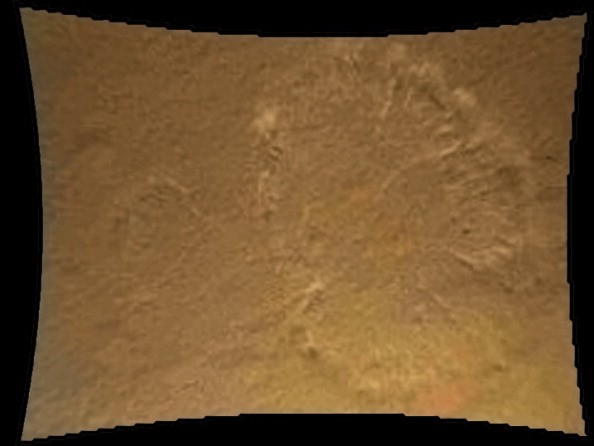Reaching the outer space is a dream for a majority of people; however, spotting Mars could just be a piece of cake. The red planet is all set to be seen in Earth on May 22, Sunday.
Astronomy enthusiasts and skygazers will get an opportunity to witness a phenomenon called "Mars opposition," that is, the planet will shine most brightly on May 22. On May 30, Monday, people will also get a chance to view Mars positioned in the closest distance to Earth, a phenomenon called "Mars close approach."
To observe Mars opposition, people can simply place themselves under an open sky and look toward the southeastern direction where the full moon is located. Mars will appear just like a bright red star, placed towards the right of the full moon.
The sun and Mars will be located at the opposite ends on Sunday dawn. However, as the sun sets, Mars will start to rise. Mars Opposition takes place every 26 months, according to NASA Mars Exploration. That means, next Mars Opposition is expected to take place in July, 2018.
"An opposition can occur anywhere along Mars' orbit. When it happens while the red planet is closest to the sun (called "perihelic opposition"), Mars is particularly close to Earth," states NASA. "If Earth and Mars both had perfectly stable orbits, then each perihelic opposition would bring the two planets as close as they could be."
Taking advantage of the close proximity of the red planet, the Hubble Space Telescope clicked a few photographs of the red planet. These Hubble photos were released by NASA on May 19, Thursday.
The images focus not just on the Martian weather, but also on noteworthy landmarks. For example, one of the photos depicts a dark region dubbed Syritis Major Planitia, which was initially discovered by seventeenth century observers. It was among one of the first features identified on the surface of Mars.
The large region was later used by Christiaan Huygens to measure the Martian rotation rate. It was later discovered that Syritis Major Planitia is actually an ancient inactive shield volcano.
The following video explores the 10 biggest mysteries associated with the red planet:



























